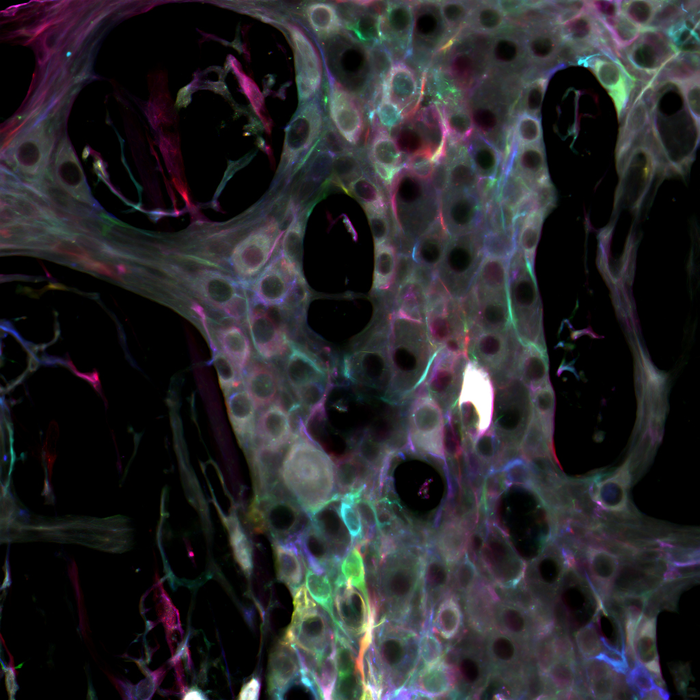

Glial cells have long been a mystery for neuroscientists. Unlike neurons, they do not transmit electrical impulses, making it hard for researchers to track their activity. It was speculated that they are just a form of support system for the neural network. However, recent research on stomach neurons reveals a different side to glial cells.
Why The Stomach?
The stomach is often referred to as the second brain. An estimate claims that the human gut has the same number of neurons as a cat’s brain. Such findings indicate that this region plays a significant role in how our body operates. Furthermore, the intestinal neural network is complex enough to continue working even if it somehow disconnects from the central nervous system.
New research from Michigan State University (MSU) looked at the second brain, but they were interested in glial cells and how they interact with the neurons in the stomach. The findings published in the Proceedings of the National Academy of Sciences indicate that glia have a more prominent role in the organism than previously thought.
Commenting on their findings, Professor Brian Gulbransen said, “Thinking of this second brain as a computer, the glia are the chips working in the periphery. They’re an active part of the signaling network, but not like neurons. The glia are modulating or modifying the signal.”

Potential For Treatment
As professor Gulbransen suggests, glial cells are like amplifiers that impact the neural signal passing through gut neurons. They ensure that the signal passes smoothly and the gut functions appropriately. Furthermore, this also means that certain medical conditions may be caused by dysfunctional glial cells.
Commenting on the therapeutical implications, Gulbransen said, “This is a way down the line, but now we can start to ask if there’s a way to target a specific type or set of glia and change their function in some way – drug companies are already interested in this.”
More specifically, earlier this year, Gulbransen’s team found that glia could be the key to discovering a treatment for irritable bowel disease. This is a painful condition that impacts 10% to 15% of the population in the US. Furthermore, the research team maintains that glial cells could be vital for treating several other stomach related conditions.
The research at this moment is not extensive enough to offer treatment solutions. However, professor Gulbransen is confident that the researchers at MSU will make the necessary progress.
Source:
Revealing the logic of the body’s ‘second brain’
Relevant Academic Article:
Circuit-specific enteric glia regulate intestinal motor neurocircuits
Related Articles:
New Insight About Brain and Gut Relationship May Help with Diabetes Treatment
